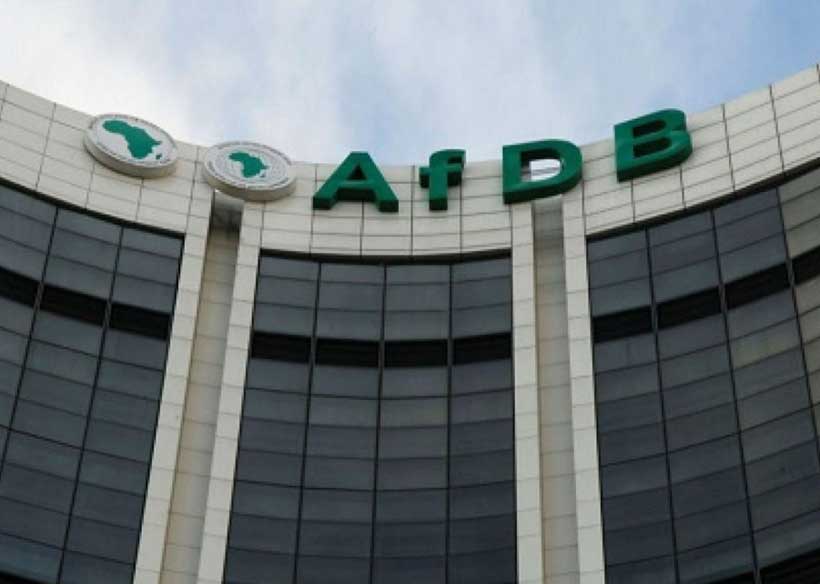Incentives, new projects lift gold output
A combination of incentives and new mining projects have lifted Zimbabwe’s gold production to
record levels, some mining industry players have said, with the industry poised for further growth
in coming years.
In 2022, gold output reached 35,38 tonnes, a 19,5 percent increase from 2021, according to
statistics from Fidelity Gold Refiners, a subsidiary of the Reserve Bank of Zimbabwe which buys all
the country’s gold output Changes in the payment methods, a number of incentives, and an increase in the number of buying centres across the country resulted in sustained growth in the production of gold, the country’s largest foreign currency earner.
Last year, Zimbabwe extended an incentive for the country’s biggest gold miners to produce above
state-set output targets.
Large producers that exceed their previous output will receive 80 percent of the payment for the
additional output in foreign currency. The government also scrapped taxes on small-scale miners
to encourage deliveries through formal channels.
In the past, gold producers faced challenges of delayed payments and low prices. However,
payments are now timeous, with small scale miners getting their money in US dollars. Prices are
now in line with those on international markets.
Zimbabwe Miners Federation chief executive officer, Mr Wellington Takavarasha said the
incentives and attractive prices were bearing fruit.
“It is all about the attractive prices that have placed the industry in its growth path,” said Mr
Takawarasha.
“The artisanal miners are being impressed by the attractive prices.”
Chamber of Mines Zimbabwe (CoMZ) chief executive Mr Isaac Kwesu said the output growth in
2022 resulted from additional capacity from gold mines including Eureka, Rio Zim, Blanket Mine
and How Mine.
“Suboptimal mines have resumed operations in face of firming gold prices and have significantly
added to the gold output.
“These mines have been contributing significantly,” said Mr Kwesu.
Mr Kwesu
“The firming of gold prices has also seen a rise in deliveries through formal channels by small-scale
miners,” he added.
Mr Kwesu said the attractive gold prices were also encouraging gold deliveries through formal
channels.
Fidelity Gold Refiners (FGR) said the production-linked incentives have enhanced the viability of
the industry.
“The incentives are really paying off to such an extent that the viability of the sector hinges on
sustaining the incentives to unlock more value,” Fidelity Gold Refiners chief executive Mr Peter
Magaramombe said.
Mines and Energy Parliamentary Portfolio Committee chairman, Edmond Mkaratigwa said there
was a need to set up more gold buying centres as well as enhance operational systems to ensure
accountability.
Mr Magaramombe
Last year, Finance and Economic Development Minister, Professor Mthuli Ncube said the
Government had set aside US$10 million for the establishment of gold centres across the country.
This was meant to enhance small-scale miners’ performance with the ultimate objective to deliver
three tonnes of gold per month.
The 2023 budget will also support the establishment of gold service centres as part of the drive to
promote the formalisation of activities of the artisanal and small-scale miners, with a target of
having five fully established centres by the end of 2023, said Minister Ncube.
The centres will be located in areas of high activity by small-scale miners to facilitate ease of
processing and marketing of gold, he added.-The Herald









